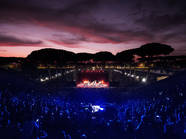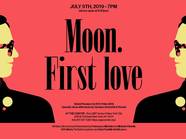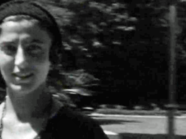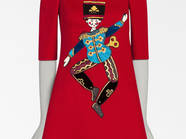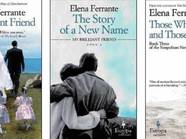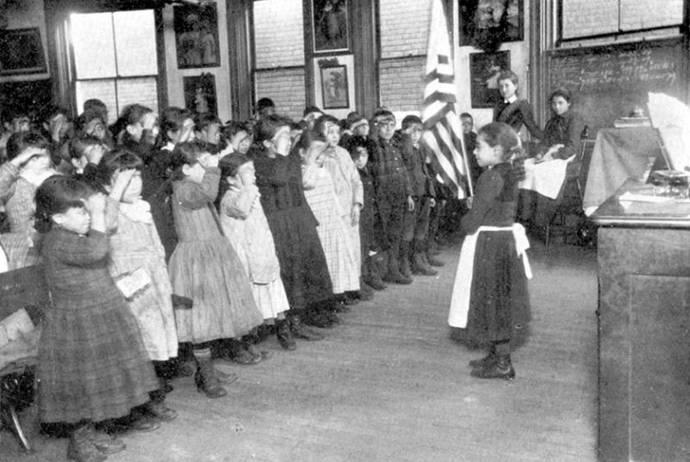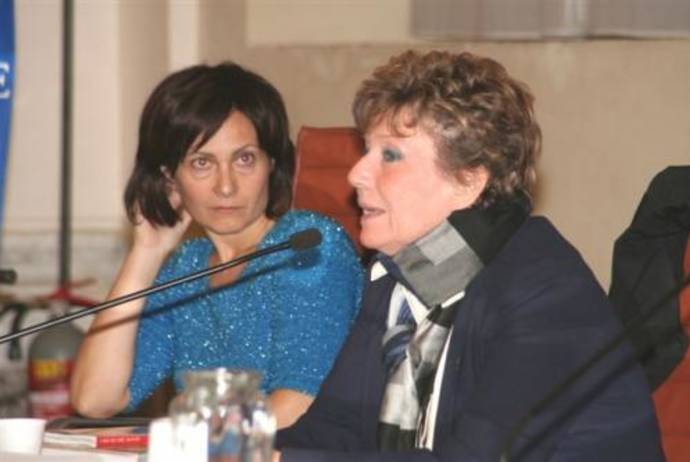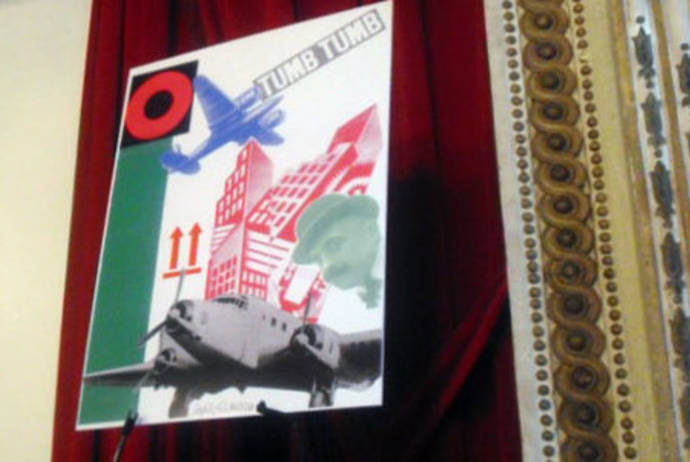As part of the Modern Language Association’s Options for Teaching Series, “Teaching Italian American Literature, Film, and Popular culture”offers a thorough and complex answer to Gay Talese’s question, “Where are the Italian American writers?” The book seeks to promote a better understanding of Italian American popular culture and literature in each of the essays written by 33 contributors.
In the introduction, the editors Edvige Giunta and Kathleen Zamboni McCormick posit the provocative question first posed by Gay Talese in his 1993 New York Times article, “Where are the Italian American Writers?” They then reply to the question by taking readers on a comprehensive historical, academic, and cultural journey through the history of Italian American literature.
Teaching Italian American Literature, Film, and Popular Culture begins with the history of Italians and Italian Americans and goes on to suggest scholarly approaches to these subjects in university undergraduate and graduate programs. The book continues with a specific undertaking of Italian American literature and enters into the debate over stereotypes in popular culture which play a significant role in America’s minority “game.”
The editors detail their personal histories and experiences teaching Italian American studies, and contributors such as Robert Viscusi, Fred Gardaphé, Anthony J. Tamburri, Jennifer Guglielmo, and Caterina Romeo all propose innovative approaches for scholars, teachers, and students.
From a historical point of view, Edvige Giunta and Kathleen Zamboni McCormick point to three pivotal events involving early Italian American immigrants: the lynching of 11 Italian Americans in 1891, the Triangle Shritwaist Factory Fire in 1911 (commemorated in Italy on March 8 as International Women’s Day) and the Sacco and Vanzetti case which dates back to the 1920s [1].
In addition to other chapters on fiction, poetry, and theater there is also a section that presents the dichotomy between autobiography and memoir. Although the genres of autobiography and memoir both revolve around the major events in a person’s life, they also reconstruct the past in two very different ways. While autobiography is written from an authoritative point of view and focuses on an important figure’s life and times in general, a memoir has a more intimate and critical point of view where specific facts and emotional truth blend together.
This concept is articulated by Caterina Romeo, assistant professor at the University of Rome La Sapienza. In her essay “Remembering, Misremembering, and Forgetting the Motherland,” she states that “the process of remembering, of elaborating the past and of rewriting the present from often unconventional perspectives is instrumental to understanding the history of migration and what prompted it.”
Romeo discusses the different phases in the Italian American immigration process gleaned from early autobiographies, namely frontier narratives, immigrant stories of success, travel memoirs, etc. These stories transcend the scarcity and deprivation associated with the immigration experience and go on to scrutinize what it meant to become an American up until the last decade of the millennium, when the memoir genre flourishes with the “authenticity of the process of remembering.”
The book also deals with the repository of oral memories within the field of Italian American studies. Oral history is not currently part of the larger official historical record, and this has been the case since the time of the slave narrative, as Luisa Del Giudice reminds us in her essay, “Spoken Memories: Oral History, Oral Culture, and Italian American Studies.” Her essay includes case studies that consider collective and individual memories from the perspective of those who did not have a voice at the time of their migration. They give insight into another, less-examined aspect of the historical record while improving research methods and outcomes as well as capturing the legacy of the immigrant experience.
This theme was presented at length in Luisa Del Giudice’s book entitled Oral History, Oral Culture, and Italian Americans (Palgrave Macmillan, October 2009), in which 38 essays devoted to oral history and folkloric interpretations were collected for Italian American researchers and scholars.
The section on theater and performance includes an essay on Italian American performance art by Joseph Sciorra, associate director of the John D. Calandra Italian American Institute, in which he provides an alternative reading of the performance artists’ role. Autobiography is again mentioned to demonstrate how artists make use of memories related to their families’ stories and background as previous generations of immigrants did.
The third part of the book on Italian American film and popular culture begins with an essay by Anthony Julian Tamburri, dean of the John D. Calandra Italian American Institute and professor of Italian American studies, “Contested Place: Italian Americans in Cinema and Television.” Professor Tamburri outlines the history of American cinema and television’s impact on Italian Americans by illustrating how media depictions such as The Godfather and The Sopranos continue to influence American public opinion of Italians and Italian Americans.
The volume concludes with a chapter on historical and interdisciplinary approaches to Italian American texts that are organized around the themes of race and gender politics, work and social classes, and historical intersections. The final section of the book comprises a review of anthologies that is useful for those who teach Italian American studies.
This journey through the diverse and varied legacy of the Italian American experience which takes place both inside and outside the classroom constitutes an innovative tool and resource guide for many other fields and disciplines that involve the multifaceted aspects of living with and experiencing duplicity [2].
The book was presented on May 17, 2010 at the John D. Calandra Italian American Institute.
[1] For further information, please see i-Italy.org for my recent review of a book about the Sacco and Vanzetti case written by an Italian scholar containing unpublished documents and new perspectives. (click here to read the article)
[2] To quote W.E.B. Du Bois from his book The Souls of Black Folk (1903), “One ever feels his twoness, – an American, a Negro; two souls, two thoughts, two unreconciled strivings; […].





